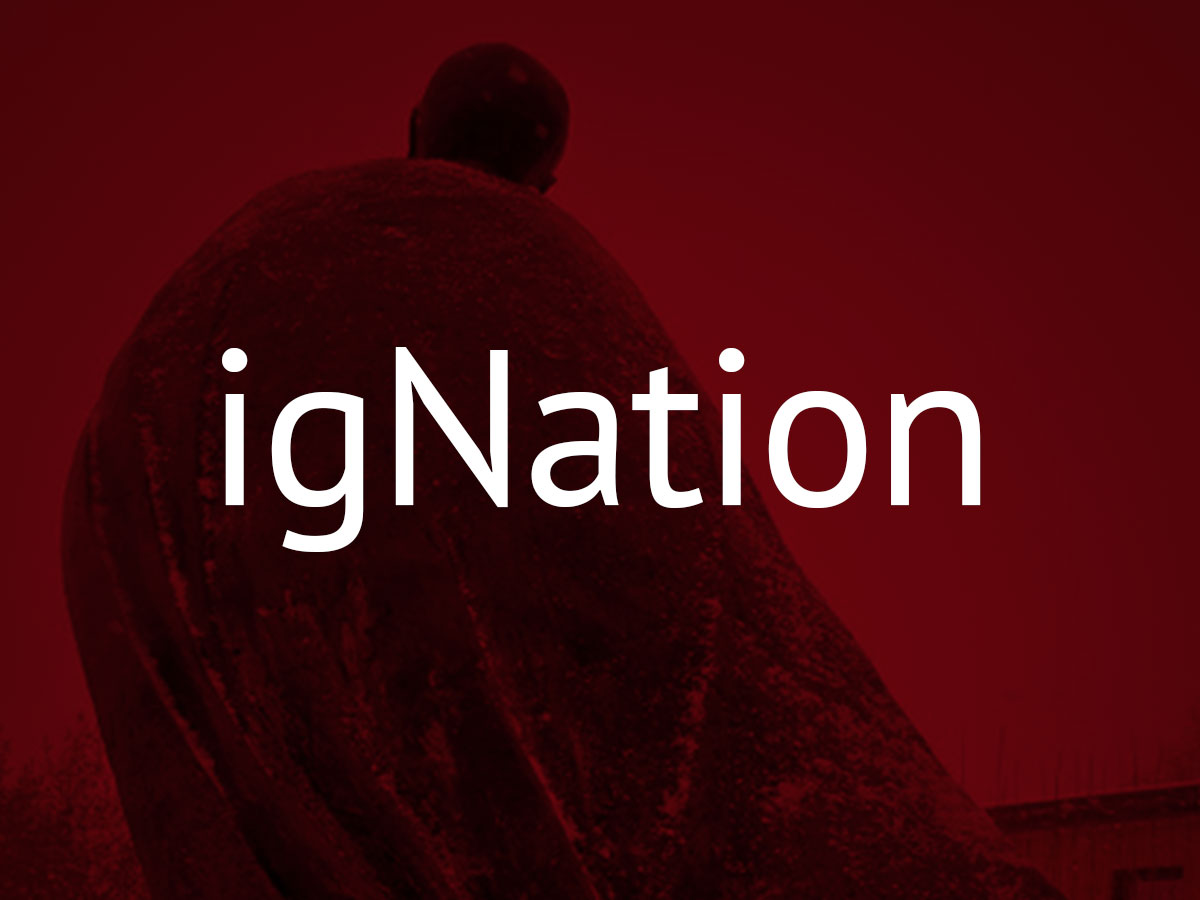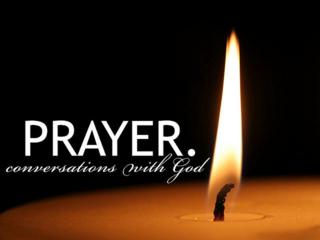Centering Prayer and Ignatian Prayer: Part Three: Techniques and Approaches

Jean-Marc Laporte’s January stay at the Desert House of Prayer near Tucson, Arizona, led him to this three part blog on Centering Prayer. Today – Techniques and Approaches. The complete version of this piece with additions and footnotes is available HERE – click on “Recently Added”.
 Part Three: Techniques and Approaches
Part Three: Techniques and Approaches
And now to the techniques of centering prayer. The first one entails choosing a simple word which is gently and inwardly repeated to dispel attachment to the image, thought, feeling, concern which seeks to take control, and in this way to return to the emptiness we seek. Each person is instructed to find his or her own word.
I tried a variety of words which did not work for me. Eventually I came to the insight that I needed a word that countered my own propensity to constantly think through everything, foresee the future and its pitfalls, pass judgement on what goes on around me.
Of course, most of our time as humans is taken up with thinking, judging, explaining, remembering, anticipating, planning. But why do we always have to be doing this, as if each of us was carrying the weight of the universe on his or her shoulders?
A proper and realistic rhythm urges us for a time each day to relax our grip, realizing that it is more essential for God to know what we know than for us to know it; that His knowledge is sure whereas ours is often faulty; that His is permeated with a love beyond all telling whereas ours is often suffused with anxiety; that He sees the full context whereas we are afflicted with tunnel vision; thus we can in total confidence let go of whatever goes on in our limited awarenesses.
We can often fall into the illusion that we have to figure everything out perfectly. Centering prayer is a time for us to be realistic about our limited selves, to make time for emptiness and radical trust.
Have I finally found a magic word to still my multifarious psyche? No. But in the process I have discovered continuity between centering prayer and the Ignatian prayer I am used to. The word I have recently been struggling with is “take and receive”, familiar to Jesuits and Ignatians.
 Normally the “take and receive” prayer is seen as applying to our various powers – memory, understanding, will. I profess my readiness to allow these powers to be vehicles of God’s action. I am even ready to lose their use, gradual or sudden, returning them to the Lord who bestowed them on me. (For many in their sunset years this loss begins with memory, and it continues with the gradual diminishment of their acute understanding and purposeful will.)
Normally the “take and receive” prayer is seen as applying to our various powers – memory, understanding, will. I profess my readiness to allow these powers to be vehicles of God’s action. I am even ready to lose their use, gradual or sudden, returning them to the Lord who bestowed them on me. (For many in their sunset years this loss begins with memory, and it continues with the gradual diminishment of their acute understanding and purposeful will.)
What centering prayer invites me to do, however, is to forego the normal activity of these powers. I may be fully able to remember, reflect, nurse my feelings, use my imagination, make decisions, but I attempt to shut down these activities and allow myself to be simply present to the inner emptiness where my authentic self resides, a self far different from the noisy false egos I constantly build up to foster the illusion that I understand and control myself.
That authentic self, both subsistent and relational, I can never grasp and control; in my prayer I make myself ready for whatever way God wants to grace it, love it, enliven it. Mostly God will do so silently and without my awareness, and this is good, but at times I may receive significant touches of His presence, which in Jesuit parlance would be termed “consolations”, and this is also good.
This action of God is precisely the desired outcome of the “take and receive” prayer: I turn everything over to God and tell Him that all I need is “your love and your grace”. Thus in its own way centering prayer is a way of entering into dynamism of the contemplation for obtaining love.
My repeated acts of letting go of my psychic activity in centering prayer have as purpose the creation of a deep receptivity to whatever love and grace God wants to bestow on me. This way I am convinced that my foray into centering prayer was not a deviation from my Ignatian path but a deepening of it.
I soon found myself exploring a second approach, also found in the literature, which I found very helpful. It entails awareness of one’s breathing, breathing in and breathing out. That bodily rhythm can be interpreted in different ways.
What I found myself doing is to visualize my breathing in as the drawing in of God’s love and grace, filling the emptiness at the heart of my human spirit, and normally doing so in quiet and imperceptible ways.
And in this context breathing out is seen as the passing of this breath of God (Holy Spirit) into my psyche, dispelling false and spurious thoughts and images, deconstructing the false selves which we are prone to build up, and empowering us to do works of justice and compassion under the guidance of the Spirit. The dynamic of the ‘take and receive’ prayer is present in this way of visualizing my breathing.
 This is only half the story. The normal sequence in centering prayer is to begin by emptying ourselves of all thought and image, turning over our memory, understanding, and will to God; and then God will bestow upon us sufficient love and grace. We dispose ourselves: God does the rest.
This is only half the story. The normal sequence in centering prayer is to begin by emptying ourselves of all thought and image, turning over our memory, understanding, and will to God; and then God will bestow upon us sufficient love and grace. We dispose ourselves: God does the rest.
In a non Christian context this can be taken as an attempt to tap into and unleash the power of the impersonal divine forces, whatever they are. The word becomes a magic talisman and the initiative in our prayer is totally ours. But breathing in and breathing out are both essential. We are dealing with a two-way street.
Even more fundamentally the process begins not with ‘take and receive’ but with ‘your love and your grace which are sufficient for me’. In the end it is that love and grace that empower my total disposal of my own self and its powers to the action and purpose of God, my effective achievement of a measure of inner emptiness.
I must always remember that any disposition, preparation, desire on my part is already the fruit God’s grace. I am not dealing with an impersonal force that I draw to myself through expert technique but with a personal relationship, made up of faith and abandonment on my part and mercy and compassion on God’s.
Yes, I cannot breathe in unless I have emptied my lungs; but I have nothing to exhale apart from having first inhaled. Getting rid of my fear, self-congratulation, anxiety, defensiveness, resentment is not a condition for God to grant me his love; they are the impact of his love which heals me to be my authentic and full self.
My foray into centering prayer did not lead me astray into a variety of heresies, as some guardians of orthodoxy might fear, but brought me back to the classical tradition on God and on grace. It is my foray: each person can experiment and find what works best for him or her.
++++++++++++++++++++++++++++
Unless otherwise indicated, all photos are from The Desert House of Prayer.




No Comments